How AI is transforming the software development lifecycle is no longer a futuristic prediction; it’s a rapidly unfolding reality. AI’s impact spans the entire software creation process, from initial concept to deployment and maintenance. This transformation isn’t just about incremental improvements; it’s a fundamental shift in how software is built, tested, and managed, promising increased efficiency, higher quality, and faster time-to-market.
This article delves into the multifaceted ways AI is reshaping the software development landscape. We’ll explore how AI-powered tools automate coding, enhance testing and debugging, optimize project management, streamline deployment, and ultimately redefine the roles and skills required of modern developers. Prepare to discover how AI is not just assisting developers but fundamentally changing the very nature of software engineering.
AI-Powered Code Generation
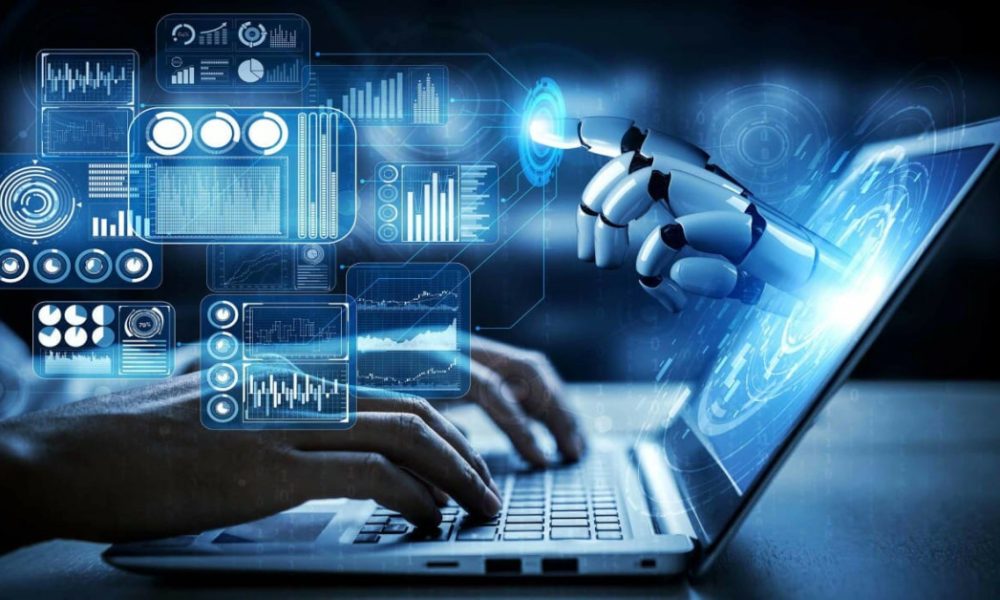
AI is rapidly transforming the software development lifecycle, and a significant contributor to this transformation is the emergence of AI-powered code generation tools. These tools leverage the power of machine learning, particularly deep learning techniques, to automate various aspects of code writing, significantly impacting developer productivity and project timelines. This section delves into the mechanics, benefits, limitations, and real-world applications of AI code generation.AI code generation tools automate tasks ranging from simple code completion to generating entire functions or modules based on natural language descriptions or existing codebases.
These tools analyze code patterns, identify common functionalities, and predict the most likely next steps in the coding process, thereby reducing the manual effort required by developers. Examples of popular AI coding assistants include GitHub Copilot, Tabnine, and Amazon CodeWhisperer, each employing sophisticated algorithms to assist developers in real-time.
AI Code Generation Approaches
Different approaches are used in building AI code generation tools, each with its own strengths and weaknesses. Large language models (LLMs), such as those based on transformer architectures, excel at generating human-quality code by learning from massive datasets of code. They can understand the context of the code and generate syntactically correct and semantically meaningful code snippets. Reinforcement learning (RL), on the other hand, trains AI agents to generate code by rewarding them for producing code that meets specific criteria, such as correctness, efficiency, and readability.
LLMs typically focus on generating code that statistically resembles high-quality code from their training data, while RL methods strive for code that optimally satisfies specific performance goals. The choice between these approaches often depends on the specific application and desired outcome.
Benefits and Limitations of AI Code Generation
The benefits of utilizing AI for code generation are substantial. Increased efficiency is a primary advantage; developers can write code faster and with less effort, leading to quicker project completion. AI can also improve code quality by suggesting best practices, identifying potential bugs, and enforcing coding standards. However, limitations exist. The quality of the generated code depends heavily on the quality and diversity of the training data, and the AI may sometimes produce code that is inefficient, insecure, or even incorrect.
Furthermore, over-reliance on AI code generation could hinder the development of fundamental programming skills among developers. Security is another critical concern; if the training data contains vulnerabilities, the generated code might inherit these weaknesses.
AI Code Generation: A Hypothetical Scenario
Consider a software development project aiming to build a complex e-commerce platform within a tight six-month deadline. The project involves multiple teams working concurrently on different modules. By integrating an AI code generation tool, developers can automate repetitive tasks like generating boilerplate code, creating basic user interfaces, and implementing common algorithms. This could reduce development time by approximately 20%, potentially shortening the project timeline from six months to under five months, allowing for earlier product launch and faster time to market.
This time saved could be further leveraged for rigorous testing and quality assurance, enhancing the overall quality and reliability of the platform. Such a scenario demonstrates the significant potential of AI code generation in accelerating software development and improving project outcomes.
AI in Testing and Debugging
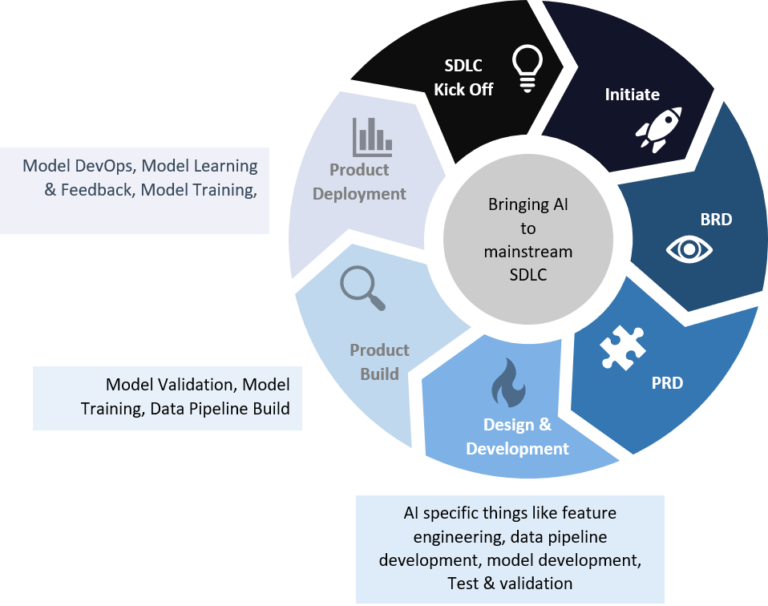
The integration of artificial intelligence (AI) is revolutionizing software testing and debugging, significantly improving efficiency and effectiveness. AI-powered tools are automating previously manual tasks, leading to faster release cycles and higher-quality software. This section explores the multifaceted role of AI in enhancing the software testing and debugging process.AI significantly accelerates and improves the software testing process through automated testing and intelligent bug detection.
This involves leveraging machine learning algorithms to analyze code, predict potential defects, and generate test cases more efficiently than traditional methods. This leads to reduced testing time, lower costs, and ultimately, a more robust final product.
AI-Powered Test Case Generation and Defect Prediction
AI algorithms can analyze codebases to identify potential failure points and automatically generate test cases designed to expose these vulnerabilities. This automated test case generation surpasses manual methods in both speed and comprehensiveness. For example, AI can analyze code complexity, identify frequently used code paths, and generate test cases targeting these areas, increasing the likelihood of uncovering critical bugs.
Furthermore, machine learning models can be trained on historical data to predict the likelihood of defects in specific code sections, allowing developers to prioritize testing efforts and focus on high-risk areas. This predictive capability minimizes wasted effort on less critical parts of the codebase.
AI-Assisted Bug Identification and Resolution
AI tools can assist developers in identifying and resolving bugs more efficiently through several mechanisms. Static code analysis powered by AI can detect potential errors, vulnerabilities, and inconsistencies in the code without executing the program. This proactive approach identifies bugs early in the development cycle, making them significantly easier and cheaper to fix. Dynamic analysis, where AI monitors program execution to identify runtime errors and unexpected behavior, further enhances the debugging process.
AI can also analyze stack traces and error logs, providing developers with more context and insightful suggestions for resolving the issues, effectively reducing the time spent on debugging. Imagine an AI suggesting the exact line of code causing a memory leak or identifying a subtle logic error that would otherwise take hours to pinpoint.
Case Study: AI-Driven Testing at Company X
Company X, a leading financial technology firm, implemented an AI-driven testing solution to improve the quality and speed of its software releases. Before implementing AI, their testing process was heavily reliant on manual testing, resulting in lengthy release cycles and a higher number of bugs discovered in production. After adopting AI-powered test case generation and defect prediction, Company X saw a 40% reduction in testing time, a 30% decrease in the number of bugs found post-release, and a 25% increase in the speed of software releases.
This success demonstrates the tangible benefits of integrating AI into the software testing lifecycle.
Comparison of Traditional and AI-Enhanced Testing
| Feature | Traditional Testing | AI-Enhanced Testing |
|---|---|---|
| Test Case Generation | Manual, time-consuming, limited coverage | Automated, faster, broader coverage |
| Defect Prediction | Relies on experience and intuition, prone to errors | Data-driven, accurate predictions, prioritizes testing efforts |
| Bug Identification | Manual debugging, often slow and challenging | Automated analysis, faster identification, insightful suggestions |
| Resource Consumption | High human resource costs, longer testing cycles | Lower human resource costs, shorter testing cycles |
AI for Project Management and Planning
AI is rapidly transforming project management in software development, offering the potential to significantly improve efficiency, accuracy, and overall project success rates. By leveraging machine learning and predictive analytics, AI tools can automate many tedious tasks, optimize resource allocation, and provide valuable insights into potential risks and delays. This leads to better informed decision-making and ultimately, more successful software projects delivered on time and within budget.AI’s application in software project management goes beyond simple automation; it allows for a proactive and data-driven approach to planning and execution.
This shift from reactive to proactive management significantly reduces the likelihood of common project pitfalls, such as scope creep, resource conflicts, and budget overruns.
AI-Powered Resource Allocation and Task Scheduling
AI algorithms can analyze historical project data, team member skills, task dependencies, and available resources to create optimal schedules and allocate resources effectively. This involves considering factors like individual team member workload, skill sets, and availability, ensuring that tasks are assigned to the most appropriate individuals and that resources are utilized efficiently. For example, an AI system might identify a team member with expertise in a specific area and automatically assign them to a relevant task, minimizing delays and improving overall project velocity.
This dynamic allocation ensures that resources are not over-utilized or under-utilized, leading to better project outcomes. Moreover, AI can adjust schedules in real-time, responding to unexpected delays or changes in priorities, ensuring projects remain on track.
Risks and Challenges of AI Integration in Project Management
While AI offers significant advantages, integrating AI into project management workflows presents certain challenges. Data quality is paramount; inaccurate or incomplete data will lead to flawed predictions and poor decision-making. The initial investment in AI tools and training can be substantial, requiring careful consideration of return on investment. Furthermore, reliance on AI predictions without human oversight can lead to unforeseen consequences.
A balance between automation and human expertise is crucial to avoid potential biases within the AI algorithms and to ensure that critical decisions are made with a human-in-the-loop approach. Finally, the potential for job displacement due to automation needs careful consideration and proactive planning for workforce retraining and upskilling.
AI-Powered Project Planning and Risk Assessment Flowchart
[The following describes a flowchart. Imagine a flowchart with boxes and arrows. ]The flowchart begins with “Project Initiation.” An arrow points to “Data Collection and Analysis” (gathering historical project data, team member skills, etc.). From there, an arrow leads to “AI-Powered Risk Assessment” (AI analyzes data to identify potential risks and their probabilities). Another arrow goes from “Data Collection and Analysis” to “AI-Driven Task Scheduling and Resource Allocation” (AI optimizes task assignments and resource utilization).
Both “AI-Powered Risk Assessment” and “AI-Driven Task Scheduling and Resource Allocation” feed into “Project Plan Generation.” From “Project Plan Generation,” an arrow points to “Project Execution and Monitoring” (real-time monitoring and adjustments based on AI insights). Finally, an arrow from “Project Execution and Monitoring” leads to “Project Completion and Evaluation” (assessing project success and refining AI models for future projects).
AI-Powered Predictive Analytics for Project Forecasting and Budgeting
AI-powered predictive analytics can significantly improve the accuracy of project forecasting and budgeting. By analyzing historical data from similar projects, AI algorithms can predict potential delays, cost overruns, and other risks with greater accuracy than traditional methods. For instance, an AI system might predict that a specific task will take longer than initially estimated based on past performance data, allowing project managers to proactively adjust schedules and resources.
This proactive approach minimizes the impact of unforeseen events and improves the overall accuracy of project budgets. For example, a company developing similar mobile apps could use AI to predict the development time and cost for a new app based on data from previous projects, leading to more realistic budgeting and better resource allocation. This data-driven approach reduces uncertainty and increases the likelihood of project success.
AI-Driven Software Deployment and Maintenance
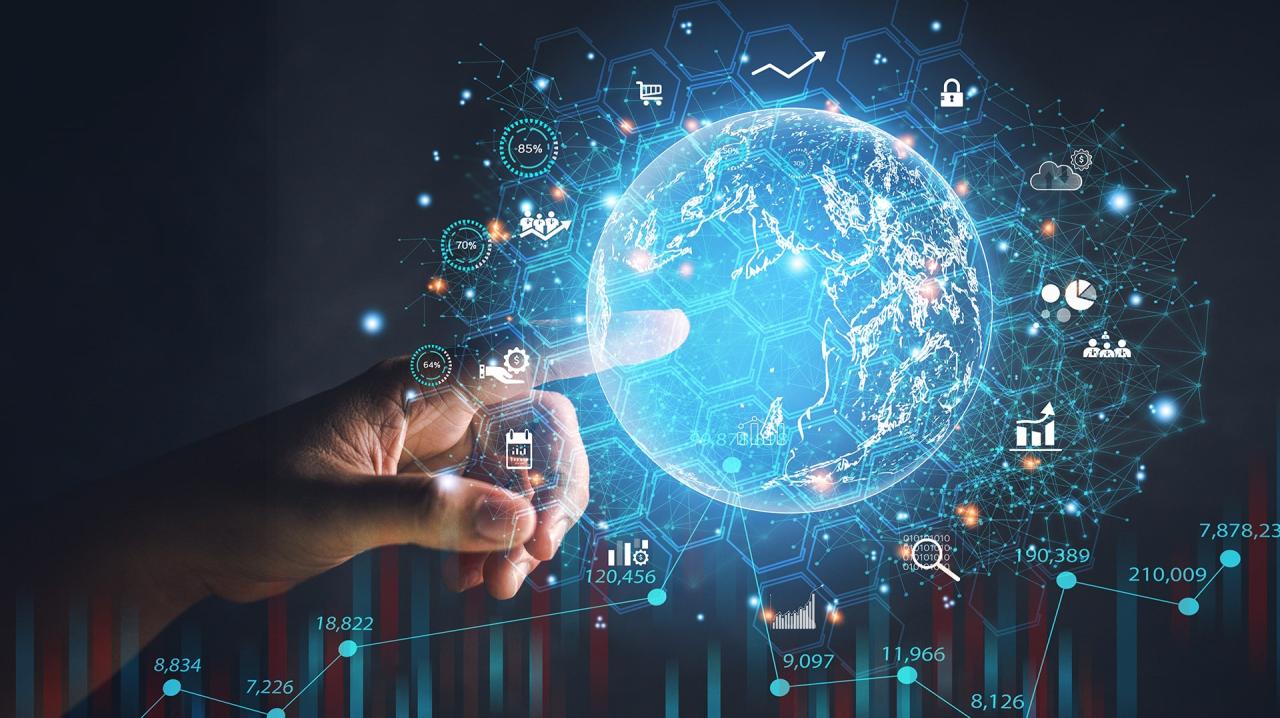
AI is rapidly transforming software deployment and maintenance, moving beyond traditional manual processes to deliver faster, more reliable, and efficient software releases. This shift leverages AI’s capabilities in automation, prediction, and optimization to streamline the entire lifecycle, from initial deployment to ongoing maintenance and updates. The integration of AI promises significant improvements in reducing downtime, minimizing errors, and accelerating the time-to-market for new features and updates.
AI Automation in Continuous Integration and Continuous Delivery (CI/CD)
AI significantly enhances CI/CD pipelines by automating various stages. AI-powered tools can automatically build, test, and deploy code, reducing human intervention and accelerating the release cycle. For instance, AI can analyze code changes, identify potential conflicts, and automatically resolve simple issues, leading to faster and more reliable deployments. Furthermore, AI algorithms can optimize deployment strategies, selecting the most efficient approach based on factors like traffic load and resource availability.
This dynamic optimization minimizes disruption during deployments and ensures optimal performance. Examples include tools that automatically roll back deployments in case of failures and predict the impact of code changes on system performance before deploying them to production.
AI-Powered Application Performance Monitoring and Predictive Maintenance
AI plays a crucial role in monitoring application performance and predicting potential issues. AI-powered monitoring tools analyze vast amounts of data from various sources – logs, metrics, and user feedback – to identify anomalies and predict potential failures. These tools use machine learning algorithms to establish baselines for normal system behavior and detect deviations that might indicate problems.
For example, an AI system might identify a sudden spike in error rates or a slow response time, alerting developers to potential issues before they impact users. Predictive maintenance capabilities allow for proactive intervention, preventing major outages and reducing downtime. Tools like Dynatrace and Datadog incorporate AI for advanced performance monitoring and anomaly detection.
Best Practices for Implementing AI-Driven Software Maintenance and Updates
Successfully implementing AI-driven solutions for software maintenance requires a strategic approach. This includes carefully selecting appropriate AI tools based on specific needs and integrating them seamlessly into existing workflows. Establishing clear metrics for measuring the effectiveness of AI solutions is vital for continuous improvement. Regular training and upskilling of development teams are essential to ensure they can effectively utilize and manage AI-powered tools.
Furthermore, a robust data infrastructure is crucial for providing the necessary data for AI algorithms to learn and make accurate predictions. Prioritizing data security and privacy is also paramount, as AI systems often handle sensitive information. A phased implementation, starting with pilot projects, can help mitigate risks and facilitate a smooth transition to AI-driven maintenance.
AI Integration into a CI/CD Pipeline: System Architecture
A typical architecture involves integrating AI tools at various stages of the CI/CD pipeline. This begins with AI-powered code analysis during the build phase, followed by AI-driven testing and automated deployment. Real-time monitoring and predictive maintenance are integrated throughout the deployment and operation phases. Feedback loops from monitoring systems inform future deployments and maintenance activities, creating a continuous improvement cycle. The system leverages a centralized data repository to store and manage the vast amounts of data required for AI algorithms. This data is accessed and processed by AI engines that provide insights and recommendations for automated actions. A feedback loop ensures that the AI system learns from its experiences, improving its accuracy and effectiveness over time. The architecture emphasizes scalability and flexibility to accommodate evolving needs and technologies.
Impact of AI on Developer Roles and Skills
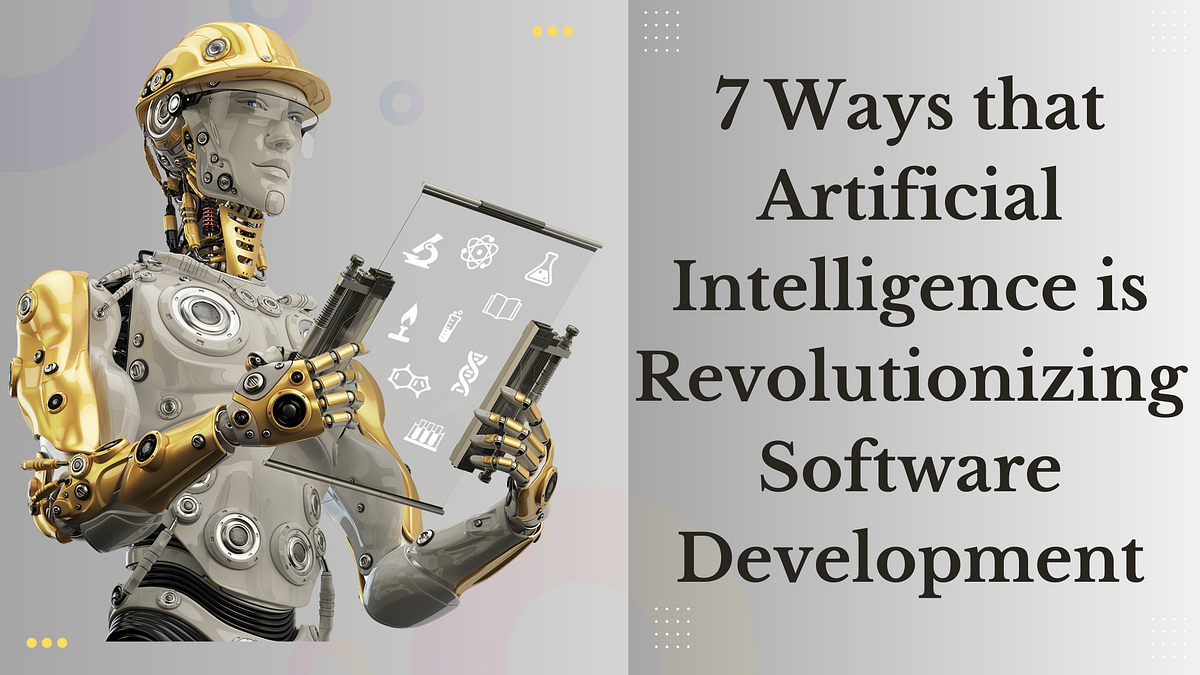
The integration of artificial intelligence (AI) into the software development lifecycle (SDLC) is profoundly reshaping the roles and required skill sets of software developers. While AI automates certain tasks, it simultaneously creates new opportunities and necessitates a shift in expertise. Developers are no longer solely focused on coding; they are increasingly collaborating with AI tools and interpreting their outputs, demanding a blend of technical and analytical abilities.AI is not replacing developers; it’s augmenting their capabilities.
This transformation requires a proactive approach to upskilling and reskilling, focusing on areas where human ingenuity and critical thinking remain essential. The demand for developers proficient in AI-related technologies is rapidly growing, presenting both challenges and exciting prospects for the future of the profession.
Evolving Skillset Requirements for Software Developers
The traditional skill set of a software developer, primarily encompassing programming languages, algorithms, and data structures, is expanding to include proficiency in AI and machine learning concepts. Developers need to understand how AI tools function, how to effectively integrate them into the SDLC, and how to interpret and refine the results generated by AI systems. This necessitates a strong grasp of statistical modeling, data analysis, and model evaluation techniques.
For example, a developer working on an AI-powered recommendation system must understand not only the code but also the underlying algorithms and data preprocessing steps crucial for accurate predictions. Furthermore, an understanding of ethical considerations related to AI development is becoming increasingly vital.
New Roles and Responsibilities Emerging from AI Integration, How AI is transforming the software development lifecycle
The rise of AI in software development is giving rise to several specialized roles. These include AI/ML Engineers, who focus on designing, developing, and deploying AI models; Prompt Engineers, specializing in crafting effective prompts for AI code generation tools; AI Integration Specialists, responsible for seamlessly integrating AI tools into existing development workflows; and AI Ethics Officers, ensuring the responsible development and deployment of AI-powered software.
For instance, an AI/ML Engineer might be responsible for building a machine learning model to predict software defects, while a Prompt Engineer would refine the prompts used to generate code with a large language model, aiming for accuracy and efficiency.
The Importance of Upskilling and Reskilling for Developers
Upskilling and reskilling are no longer optional but crucial for developers to remain competitive in the evolving job market. The rapid advancements in AI necessitate continuous learning and adaptation. Developers need to actively seek out training opportunities, attend workshops, and participate in online courses to acquire new skills and stay abreast of the latest technologies. This could involve learning new programming languages like Python (widely used in AI/ML), mastering machine learning frameworks like TensorFlow or PyTorch, or gaining expertise in areas like natural language processing (NLP) or computer vision.
Companies are increasingly investing in training programs to support their employees’ professional development, recognizing the importance of a skilled workforce capable of leveraging AI’s potential.
Essential Skills for Developers in AI-Driven Software Development Environments
Developers working in AI-driven environments need a multifaceted skill set. The following list highlights key areas of expertise:
- Proficiency in at least one major programming language (e.g., Python, Java, C++)
- Understanding of fundamental AI concepts, including machine learning, deep learning, and natural language processing
- Experience with AI/ML frameworks (e.g., TensorFlow, PyTorch, scikit-learn)
- Data analysis and manipulation skills, including data cleaning, preprocessing, and visualization
- Model evaluation and selection techniques
- Ability to integrate AI tools and models into existing software systems
- Strong problem-solving and critical thinking skills
- Knowledge of software engineering principles and best practices
- Understanding of ethical considerations in AI development and deployment
- Continuous learning and adaptation to new technologies
End of Discussion: How AI Is Transforming The Software Development Lifecycle
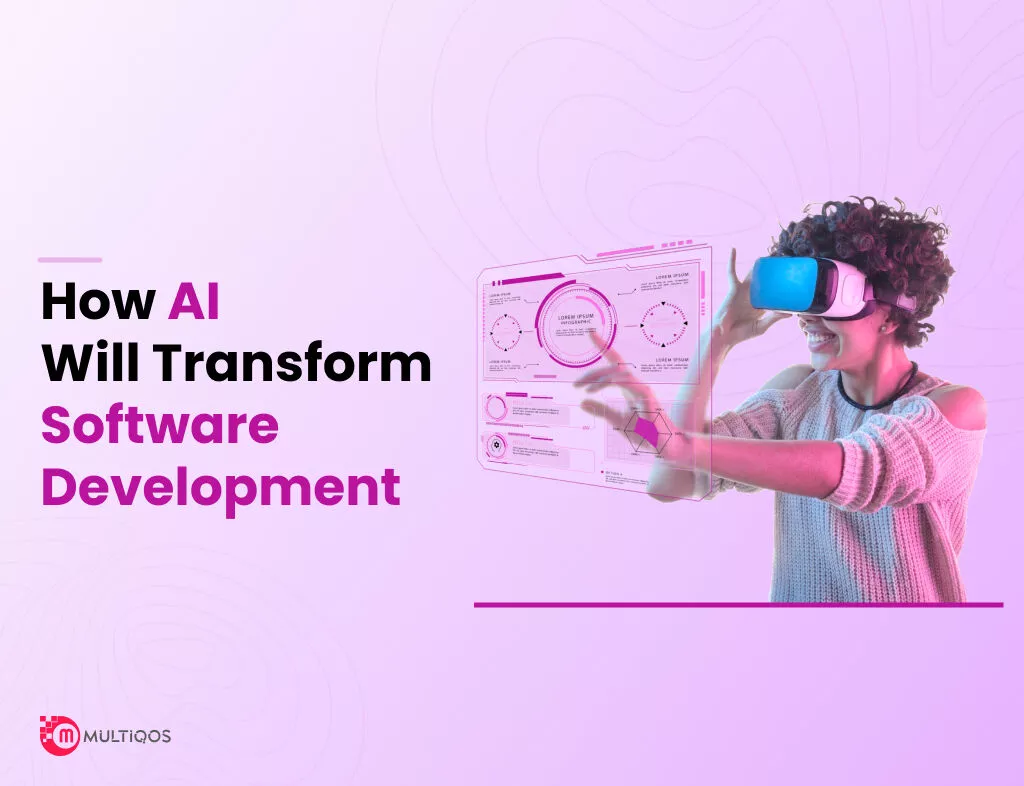
The integration of AI into the software development lifecycle is not merely a technological advancement; it’s a paradigm shift. While challenges remain, the potential benefits—increased efficiency, improved quality, faster development cycles—are undeniable. As AI continues to evolve, its role in software development will only become more profound, demanding that developers adapt and embrace new skills to thrive in this evolving landscape.
The future of software engineering is undeniably intertwined with the power of artificial intelligence.

